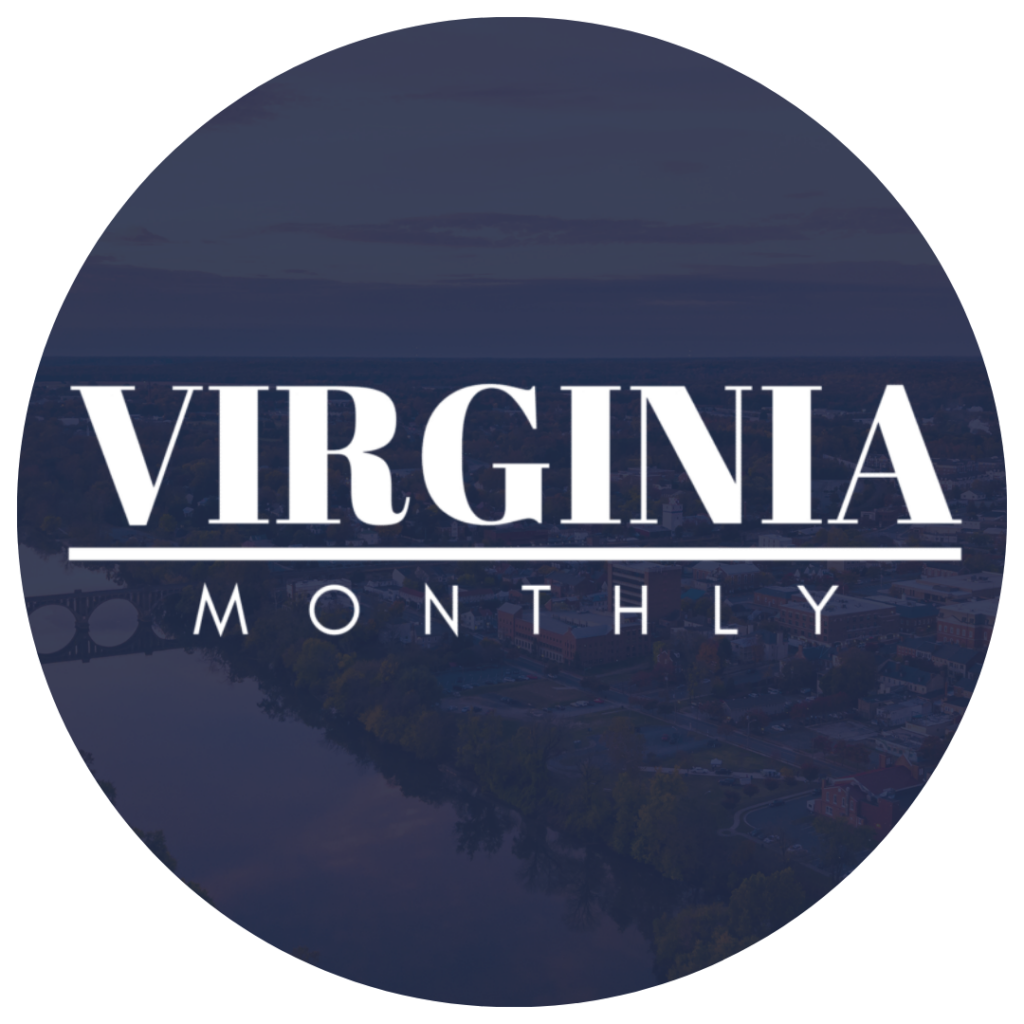The Stroke Smart Virginia Initiative has garnered significant attention as a critical public health effort aimed at reducing the impact of strokes across the state. As strokes remain a leading cause of death and long-term disability, this initiative focuses on increasing public awareness, improving emergency response, enhancing healthcare provider training, and securing policy support to save lives and improve outcomes for stroke survivors. This article explores the various components of the Stroke Smart Virginia Initiative and its growing importance in the healthcare landscape.
Public Awareness Campaigns
One of the cornerstone efforts of the Stroke Smart Virginia Initiative is its extensive public awareness campaigns. These campaigns are designed to educate the public about the symptoms of a stroke and the importance of acting quickly. The initiative emphasizes the acronym FAST—Face drooping, Arm weakness, Speech difficulty, and Time to call 911—as a simple and effective way for individuals to recognize the signs of a stroke and seek immediate medical attention.
The campaign includes community outreach programs that aim to reach a wide audience through local events, health fairs, and collaborations with community organizations. Additionally, media involvement plays a crucial role in spreading the message, with targeted advertising on television, radio, and social media platforms. These efforts are designed to ensure that Virginians of all ages and backgrounds are aware of the signs of a stroke and understand the urgency of responding to them.
Healthcare Provider Training
Improving healthcare provider training is another critical aspect of the Stroke Smart Virginia Initiative. The initiative works closely with hospitals and medical professionals to establish standardized stroke response protocols that ensure patients receive the best possible care as quickly as possible. This includes training for emergency room staff, neurologists, and other healthcare providers on the latest advancements in stroke treatment and care.
Continuing education programs are offered to healthcare providers to keep them informed about new developments in stroke care, including the use of telemedicine and remote monitoring technologies. The initiative also fosters partnerships with hospitals across the state to facilitate knowledge sharing and the implementation of best practices in stroke management.
Emergency Response Improvements
The Stroke Smart Virginia Initiative places a strong emphasis on enhancing emergency response systems to ensure that stroke patients receive timely and effective care. One of the key goals is to achieve faster EMS response times, recognizing that every minute counts in the treatment of a stroke. The initiative collaborates with emergency medical services to streamline communication and coordination with hospitals, enabling a more efficient transfer of stroke patients to facilities equipped to provide specialized care.
The integration of telehealth into emergency response protocols has also been a significant focus. By leveraging telemedicine, EMS teams can consult with neurologists remotely while en route to the hospital, allowing for earlier diagnosis and treatment decisions. This collaboration with first responders is vital in reducing the time it takes for stroke patients to receive life-saving interventions.
Community Impact of the Stroke Smart Virginia Initiative
The impact of the Stroke Smart Virginia Initiative on communities across the state is already evident in several key areas. The initiative has contributed to a reduction in stroke mortality by promoting early detection and intervention. Through increased public awareness and improved healthcare responses, more individuals are receiving the treatment they need in time to prevent severe disability or death.
The initiative has also led to increased early detection of strokes, with more people recognizing the symptoms and seeking help before the condition worsens. Additionally, there has been a focus on providing support for stroke survivors, including rehabilitation services, support groups, and resources to help individuals and their families navigate life after a stroke.
Policy and Funding
Securing policy and funding support is essential for the sustainability and expansion of the Stroke Smart Virginia Initiative. The initiative has been successful in advocating for state funding initiatives that provide resources for public health campaigns, healthcare training, and emergency response improvements. This financial support is crucial in maintaining the momentum of the initiative and ensuring that its programs reach as many Virginians as possible.
Legislation support has also been a key component, with policymakers recognizing the importance of reducing the burden of stroke on the state’s healthcare system. Grants and other resources have been allocated to support the initiative’s goals, including expanding access to telehealth services in rural areas and improving stroke care infrastructure.
The Stroke Smart Virginia Initiative represents a comprehensive and impactful approach to tackling one of the state’s most pressing health challenges. Through public awareness, healthcare provider training, emergency response improvements, community engagement, and policy support, the initiative is making significant strides in reducing the impact of strokes in Virginia. As attention on this initiative grows, so too does its potential to save lives and improve the quality of life for stroke survivors across the state.








